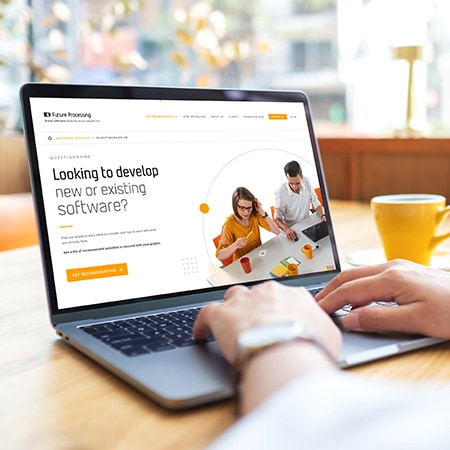
Why is it important to use analysis and design methodologies when building a digital product?
A digital product is a ‘good’ that is created and sold online.
What is a Digital Product?
Not to be confused with physical products that are bought and sold online and have to be shipped in a box to a specific location, a digital product is non-physical, and is often even ‘consumed’ online.
Digital product development involves software product design in order to transform an idea into a usable product. Typical example of digital products could include:
- software;
- online applications (e.g. iPhone apps);
- NFTs;
- ebooks;
- printables and templates;
- music and sound effects;
- online courses;
- photos and artwork;
- subscription content.
More and more companies and individuals are developing digital products these days as part of their digital transformation. As businesses make the leap to going digital, they discover the benefits of developing their digital vault of products and take the decision to map their business processes and go all in.
It is so important that they are designed well with thorough analysis and research to create the best, most optimised products possible.
What are the Different Types of Analysis and Design Methodologies?
Digital product design can be thought of in three key elements:
1. System design
This stage is looking at the main problems that the product is aiming to solve. It’s concerned with the ‘big picture’ things, and aims to balance both the business and customer needs at this stage by taking into account costs, value and how effectively it will serve the consumer.
2. Process design
This stage goes a step further than the system design by looking how to one again balance the business and customer needs, but getting more into the finer details of how these can be achieved. Where the system design was a global ‘overview’ stage, the process design is concerned with the nitty gritty, the small details.
3. Interface design
This is the final stage which is aimed at creating a perfect user experience to keep customers engaged, satisfied and enjoying using the product.
UX vs product design
The terms ‘UX design’ and ‘product design’ are often used interchangeably, but while there is often a significant overlap, there are some key differences between them.
On the other hand, the product designers tend to focus on the system as a whole and not only the user experience. This will, of course, overlap with the UX design, but the product design element is more expansive.
Design thinking
This is a framework for design and analysis that was originally created by Tim Brown and David Kelley of IDEO. It is a method of digital product design that comprises of five key elements that help designers to progress from concept to successful launch:
- Empathise
Before designing anything, it is crucial to understand your end users’ needs, wants and struggles. Only by doing this consumer research will you be able to get a good understanding of what you need to create in order to solve their problems. - Define
Once you have understood the users’ struggles, define the scope of what you need to create to solve those issues. - Ideate
Once defined, brainstorm possible ideas and cover as many angels as possible. This is a highly creative stage where all possibilities should be considered. - Prototype
Try out some of your ideas by prototyping aspects of the systems to get an initial understand of their effectiveness. This will begin to create a feedback loop from which you can develop. - Test
Use your developed prototype on real-life customers to see how they interact with it. Use that data to make improvements to the product and analyse its effectiveness, driving new changes and development cycles in the final design process spurred on by what you have learnt.
The Importance of using an Analysis and Design methodology when building a digital product
Even if you think that your business idea has already been thoroughly discussed and thought out by you and your team, and that there’s nothing more to add, remove or modify – Discovery Workshops can still benefit you in many tangible way. This approach helps us make the most of every idea that an organisation may come up with and wish to discuss and define hypotheses.




